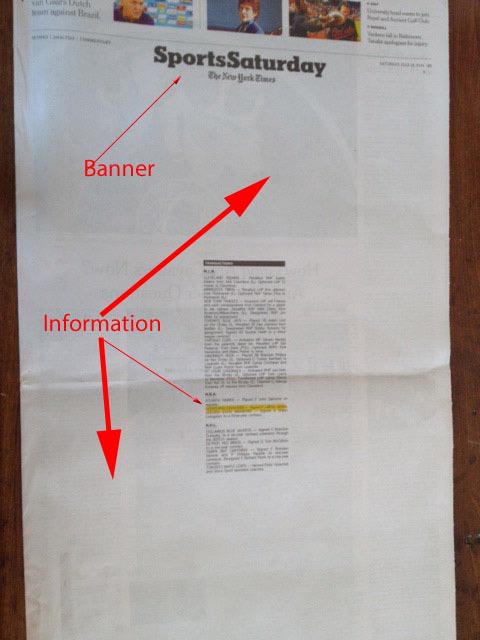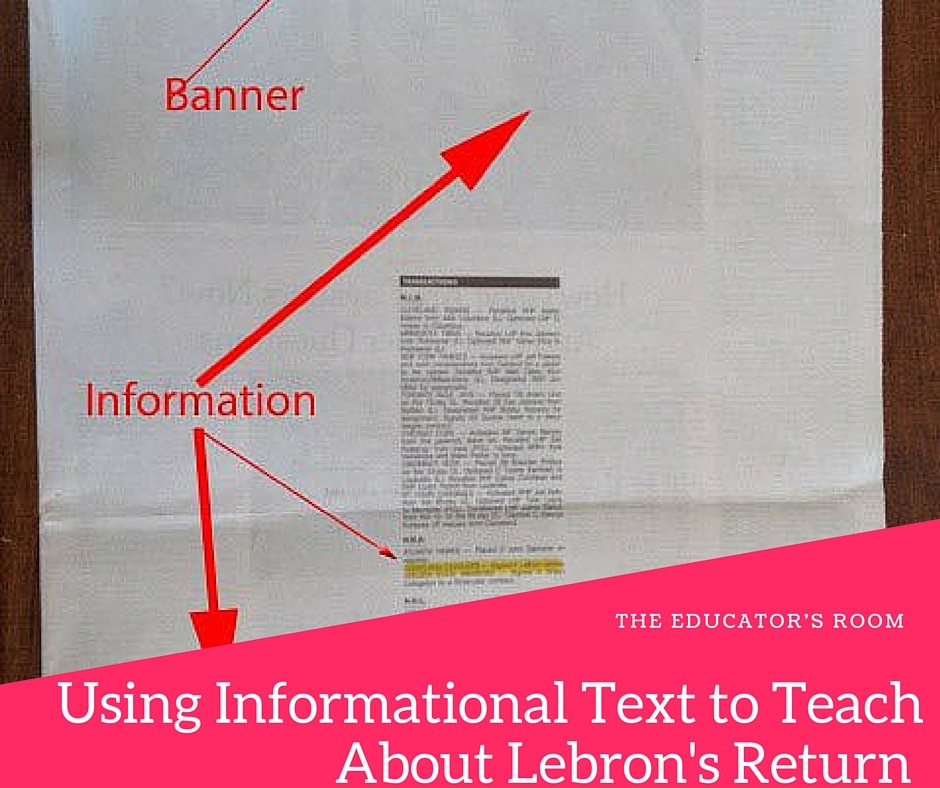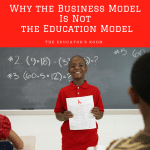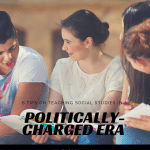Teachers are looking to include informational text in their English Language Arts classrooms, but what about informational space?
The hard copy of the NYTimes Saturday Sports section on Saturday, July 12, 2014, was an opportunity to teach how space can be information.
[fusion_builder_container hundred_percent=”yes” overflow=”visible”][fusion_builder_row][fusion_builder_column type=”1_1″ background_position=”left top” background_color=”” border_size=”” border_color=”” border_style=”solid” spacing=”yes” background_image=”” background_repeat=”no-repeat” padding=”” margin_top=”0px” margin_bottom=”0px” class=”” id=”” animation_type=”” animation_speed=”0.3″ animation_direction=”left” hide_on_mobile=”no” center_content=”no” min_height=”none”]
The photo above shows the front page of Sports Saturday. Students can note the banner is in the same location, floating at the top of the page with teaser photos for the content inside. Under the banner and centered on the page is a feature that is usually on the inside of the sports section, a column of player trades and transactions in the different sports leagues for the day. The column is actual size, straddling the paper’s fold and surrounded by white space. Below the fold, one transaction in the column is highlighted in bright yellow. The rest of the page is blank.
Why the single highlighted line? What was the reason for all the white space?
The Cleveland Cavaliers signed LeBron James.
Yes, during the same week when the semi-finals and finals for the 2014 World Cup riveted millions, the only news that mattered to sports fans was a short declarative sentence, “Cleveland Cavaliers signed F James LeBron.”
That was the purpose of the white space….to provide emphasis.
The other transactions listed from Major League Baseball, National Basketball Association, and the National Hockey League, however significant in the future, were not as significant at this moment.
That was the purpose of the yellow highlighted line, “Cleveland Cavaliers signed F James LeBron.”
In determining an author’s purpose, which in this case was the layout editor’s purpose, the Common Core State Standards (CCSS) offers a methodology to have student review the craft and structure of a text. Teachers use these standards to frame questions about the text:
English Language Arts Craft and Structure Anchor Standards
CCSS.ELA-LITERACY.CCRA.R.4
Interpret words and phrases as they are used in a text, including determining technical, connotative, and figurative meanings, and analyze how specific word choices shape meaning or tone.CCSS.ELA-LITERACY.CCRA.R.5
Analyze the structure of texts, including how specific sentences, paragraphs, and larger portions of the text (e.g., a section, chapter, scene, or stanza) relate to each other and the whole.CCSS.ELA-LITERACY.CCRA.R.6
Assess how point of view or purpose shapes the content and style of a text.
The front page of this Sports Saturday provides multiple opportunities to discuss the difference between denotation (what is on the page) and connotation (what is implied). In helping students to consider the craft and structure of this particular layout, a teacher could use questions based on Webb’s Depth of Knowledge (DOK) that might be:
- • How would you summarize what you read in the written text? (denotation)
- • How would you summarize what you see in the white space in contrast to the written text? (denotation)
- • What do you notice about where the highlighted information is placed? (denotation)
- • What conclusions can you draw about the layout editor’s choice to highlight only one player transaction? (connotation)
- • What is your interpretation of the use of the white space ? (connotation)
- • Can you formulate a theory for the layout ? (connotation)
- • Can you elaborate on a reason the editor used the small font in the player transaction column for this news? (connotation)
Of course, the story of the LeBron signing was also inside the Saturday Sports section. Michael Powell wrote the feature article Star Reconnects With a Special Place in His Heart where the news of LeBron’s return was celebrated:
“The man knows his region, and his audience, and his life. Even as the news broke on television, you could hear out your window Cleveland residents loosening more or less random whoops. Car horns beeped. Strangers exchanged bro-hugs and palm slaps” (Powell-NYTimes)
Students could read Powell’s article to extend their thinking about the impact of this one player’s return to a team he left several years ago. Then, there is LeBron’s own essay, co-authored by Lee Jenkins, in Sports Illustrated. In this essay, LeBron explains the reasons for his return:
“But this is not about the roster or the organization. I feel my calling here goes above basketball. I have a responsibility to lead, in more ways than one, and I take that very seriously. My presence can make a difference in Miami, but I think it can mean more where I’m from. I want kids in Northeast Ohio, like the hundreds of Akron third-graders I sponsor through my foundation, to realize that there’s no better place to grow up. Maybe some of them will come home after college and start a family or open a business. That would make me smile. Our community, which has struggled so much, needs all the talent it can get” (LeBron/Jenkins Sports Illustrated).
In this essay, LeBron anticipates (and connotes) the level of commitment that will be necessary for continued success:
In Northeast Ohio, nothing is given. Everything is earned. You work for what you have” (LeBron/Jenkins Sports Illustrated).
These other two informational texts could also provide opportunities to have students practice denotation and connotation:
- How would you summarize what you read in these written texts? (denotation)
- What conclusion can be drawn after reading these three texts? (connotation)
- What is your interpretation after reading these texts? Support your rationale. (denotation/connotation)
A final exercise? Have students research the cost of a full page spread in the NYTimes ($70,000 non-profit; up to $200,000 for profit). Have students discuss or make arguments on the use of white space in this layout once they know the expense of the layout editor’s choice.
The best part of these exercises is that the reader does not need to know basketball to appreciate how this information is communicated: through layout, through a feature story, and through a personal essay. I do not follow basketball, and I am only peripherally aware of LeBron’s role in the NBA. I was intrigued, however, about the use of white space to convey information. I also considered the different size of spaces related to the text. The size of a basketball court in the NBA is 94′ by 50′ or 4700 square feet. In another measurement, LeBron has a rumored vertical leap the size of 40 inches or so (the average NBA player can jump 28 inches). Finally, the size of the NYTimes page is 24″ x 36″ or 864 square inches.
In each case, size matters. In this context, space matters as well.
[/fusion_builder_column][/fusion_builder_row][/fusion_builder_container]







